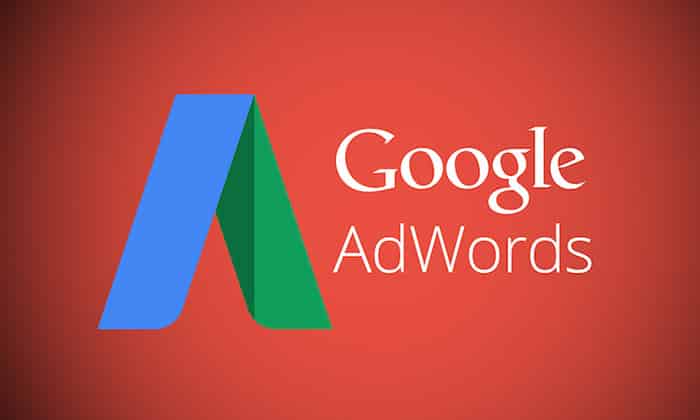Over the last few months, fears of infection combined with lockdowns and movement restrictions have pushed more people than ever online and onto social media. On social media, users feel that they have a safe space to interact, be entertained, distract themselves, and find inspiration without any risk of contagion.
July 2020 saw a rise of 10.5% in social media usage, compared with July 2019, according to a GlobalWebIndex survey. Some 46% of women and 41% of men said they’ve spent more time on social media during the pandemic, making it the second-most popular digital activity.
As they spend their lockdown time online, consumers are moving onto new platforms and discovering entertainers and brands they hadn’t noticed previously. One of the most notable examples is the rise of TikTok. TikTok’s main USP (what sets it apart from other social media channels) is that it encourages users to tap into their own creativity by making their own content and riffing off of existing videos. TikTok encourages content creation collaboration through duets, dance contests and lip-syncing battles. Between people stuck at home who felt excited to unlock their creative potential and others who were searching for new diversions after tiring of their usual channels, TikTok added over 12 million unique U.S.-based visitors in March 2020 alone, crossing the 2 billion download mark in April.
Taking a closer look at these social media use trends in the era of COVID-19, business owners and marketers can learn a great deal about opportunities to boost engagement and business impact as the new normal continues to evolve.
1. Your audience wants to be entertained.
One of the biggest factors fueling the recent rise in social media usage is a desire for pure fun that can distract people from the seriousness of their situation. A significant amount of TikTok’s growth comes from older social media users who previously looked down on the platform as too silly and immature, but discovered its benefits when they needed more entertainment.
Gen Z is particularly bored, with 42% saying they want more fun content, “fun” being the most commonly preferred emotional style for video content. Marketers should note this desire for light messaging that gives people a sense of escape, instead of feeling that they constantly need to acknowledge the difficulties of our times. Video content has long been one of the highest-engagement content formats, and the newly increased demand for diversions and distractions makes it an even better choice for marketing.
Research by Kantar found that most people want to suspend reality when seeing ads, finding advertising a useful escape from the stresses of the coronavirus. However, 38% said they find humor to be inappropriate in advertising right now, so you need to tread a careful line between entertaining and making light of the situation.
2. Unlocking creativity boosts engagement.
Users are not only consuming content; they are also creating it in larger quantities than ever before. In a study by Lightricks, more than 90% of participants, who consisted of social media “creators,” said they use creativity apps to deal with boredom. The study also found that during lockdown, Americans spent over 90% more time using apps to create and edit visuals than they did before the pandemic, with the number of visual assets created and shared spiking in April.
TikTok’s gains also point to an uptick in audience participation creativity, as its users say they appreciate it largely for entertainment and the creative outlet.
You can respond to this rise in consumer creativity by ramping up your own creativity. Your target audience is a lot more likely to be receptive to experimental marketing formats, content and style, so if you were thinking of trying something a little edgy and wondering how consumers would react, now is a good time to float that idea. Try innovating with your imagery, camera angles and concepts to find a fresh approach.
That said, remember that consumers enjoy exploring their own creativity. Marketing that enables and encourages your audience to create content and actualize their own ideas is even better than showcasing your own creative concepts. Posts that evoke interactive creativity in audiences are likely to be received well. Calls for audience participation can go a long way.
3. People want connection and comfort.
Stuck at home, people are desperate to overcome their isolation and connect with others. Online gaming is one beneficiary, with a dramatic surge in multiplayer gaming and chat engagement related to games.
Shared media consumption experiences are another manifestation, as demonstrated by the rise of social “watch party” apps. Data from Google Trends shows a dramatic spike in searches for “watch party” in mid-March, which only began to taper off in April.
These data points reveal that marketers would do well to find ways to create and strengthen communities through dedicated branded groups and niche communities. Generate comforting content that makes people feel they are not alone in their difficulties, also ensuring that content is easy to share and hospitable to discussion so that people can connect with each other around it.
Consider doubling down on community engagement events, such as themed weeks in your brand’s Facebook group or an influencer-hosted and -moderated Twitter chat. These tactics can give your tribe a space to rally around their shared experiences as they talk about your product and how they use it.
Developing hashtags that encourage people to share images of themselves using your product is a clever way to create a sense of togetherness and encourage creativity at the same time. You could connect your product to existing timely hashtags, like the #StayAtHomeChallenge or the #DoNotRushChallenge, to piggyback on the huge activity that wider online communities participate in.
4. Authentic positivity is attractive
It’s a natural human response to seek uplifting, inspirational content during difficult times. It’s hard to imagine any populations left in the world that don’t already know about the dangers of the coronavirus and the risks of infection. No one wants to hear about how to socially distance or wash their hands anymore, or about the negative impact of the pandemic itself.
Instead, consumers are looking for positive content to cheer them up. Actor John Krasinski’s new Some Good News series on YouTube, for example, tallied over 70 million views as of late May, according to Social Blade’s metrics.
The aforementioned Lightricks study found that 46% of content creators say their lockdown content has been more inspiring than normal, and 48% said it’s been more colorful. There’s a general desire to generate good feelings.
Your brand should support inspiration, demonstrate how you are giving back to the community, and emphasize positivity. Use positive and light colors, cheerful music, and themes that indicate hope and a sense of future possibilities.
COVID-19 has changed the dynamics.
Together, fears of infection and the social restrictions of the pandemic have brought significant changes to the ways consumers interact with social media, driving them to seek more creativity, connection and inspiring entertainment.
You should respond actively to the new needs of your target audience by producing diverting, fun, positive content that drives creativity and weaves a sense of community. If you pull this off, you are likely to see improvements in your customer engagement and brand sentiment despite the difficult marketing environment.
Original Source: business.com





